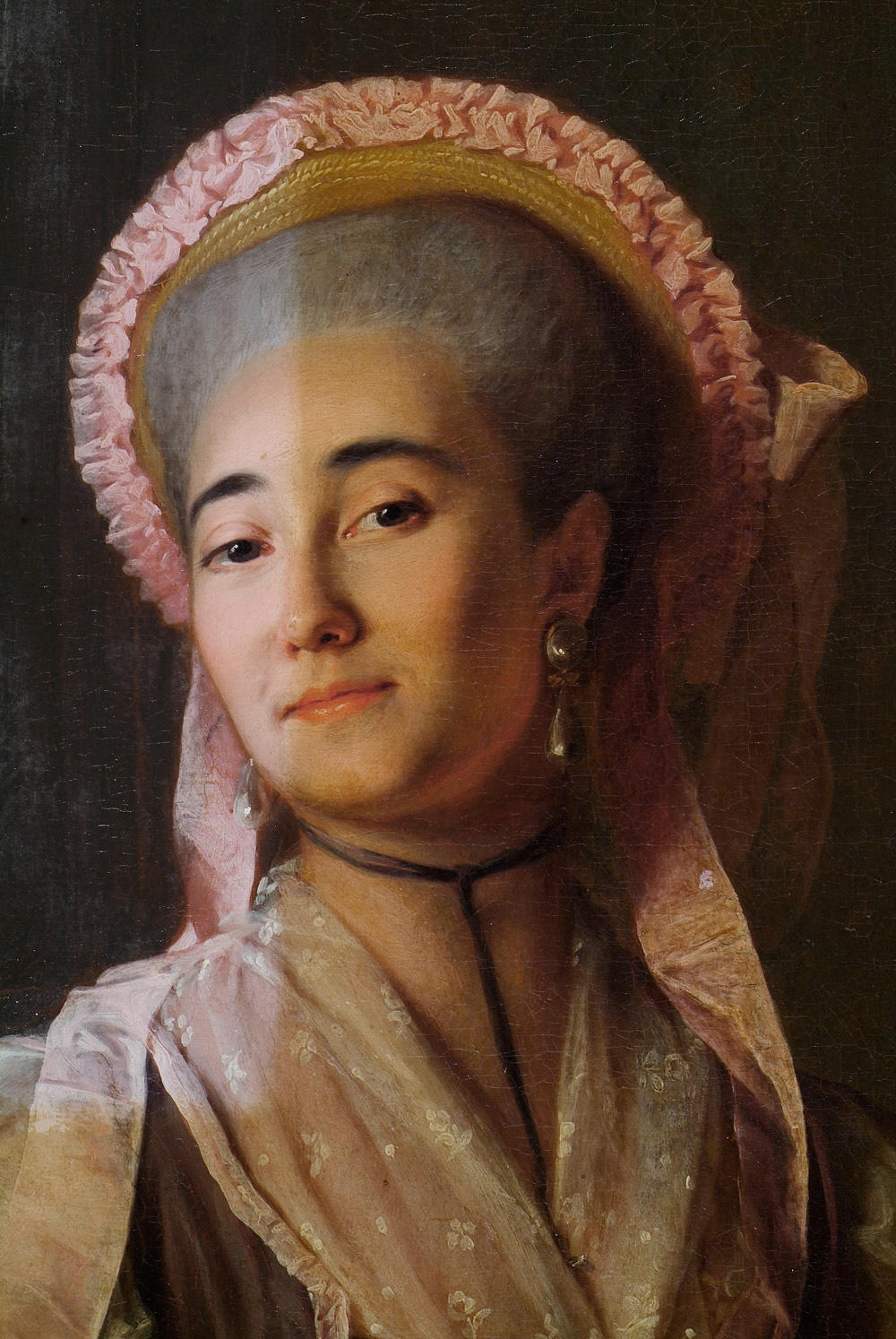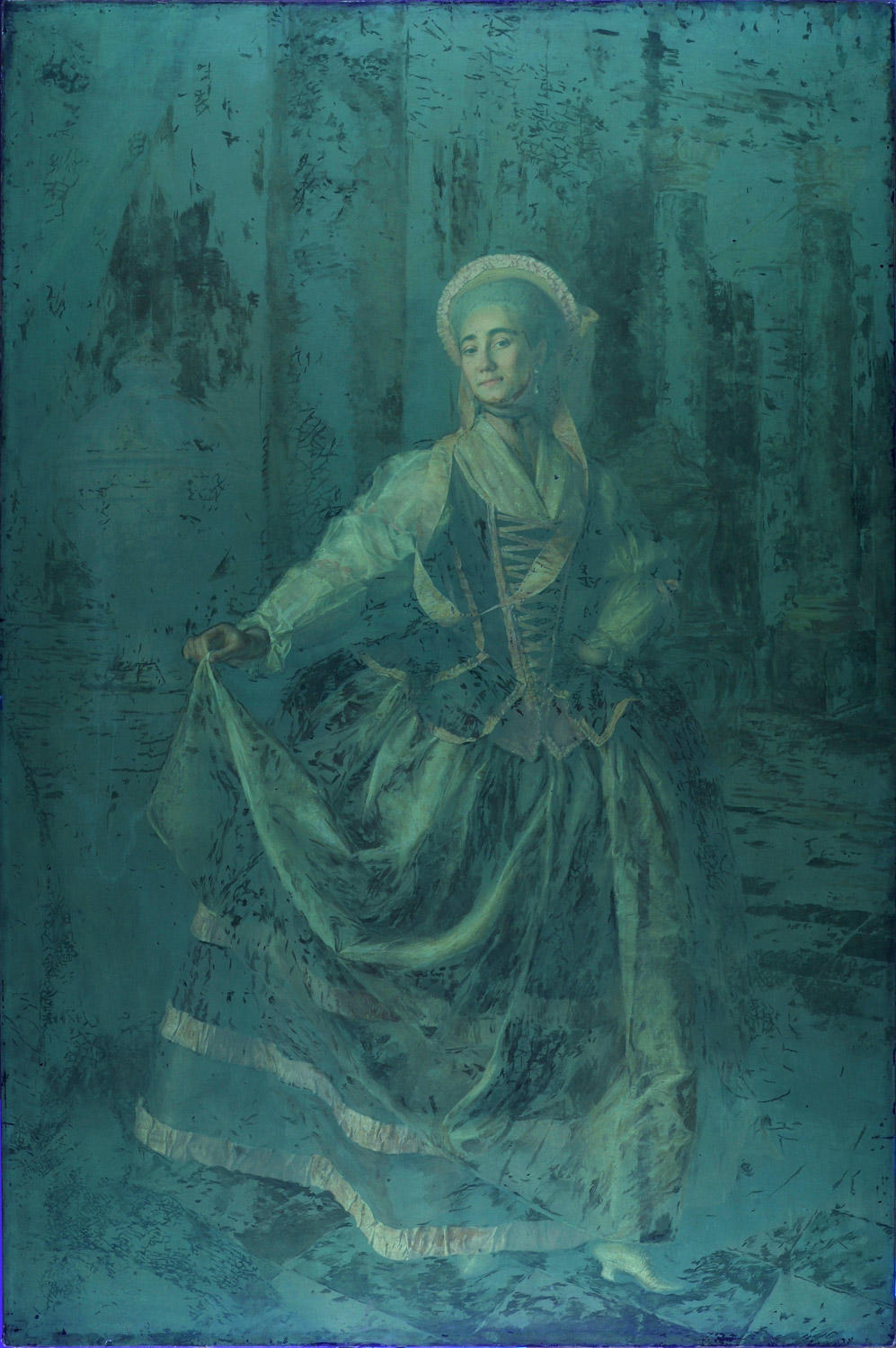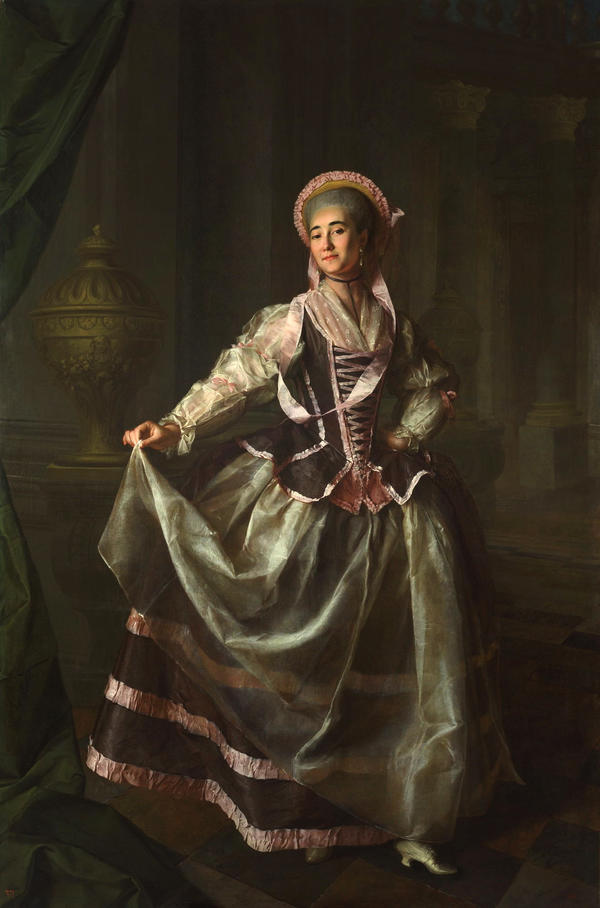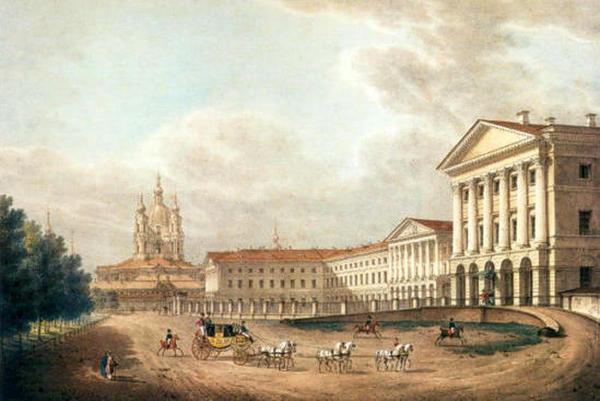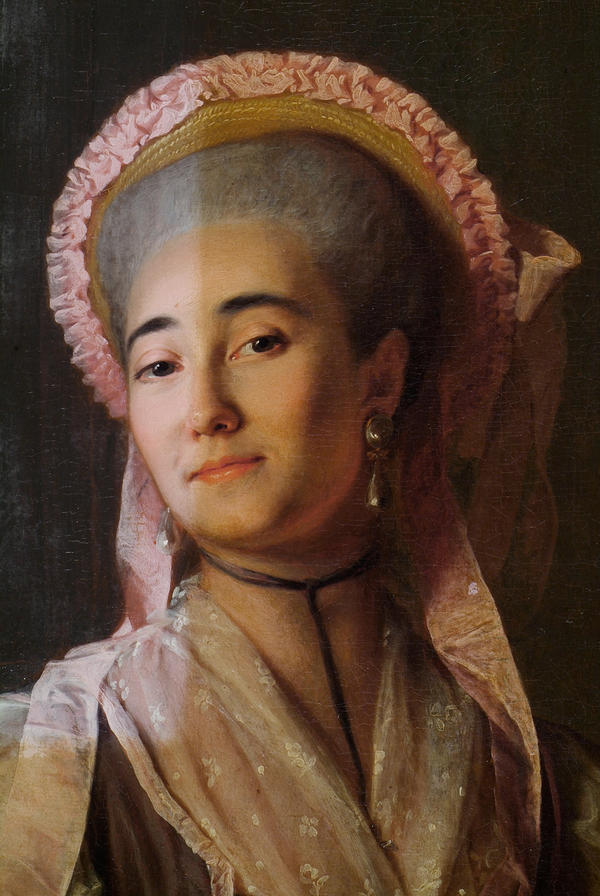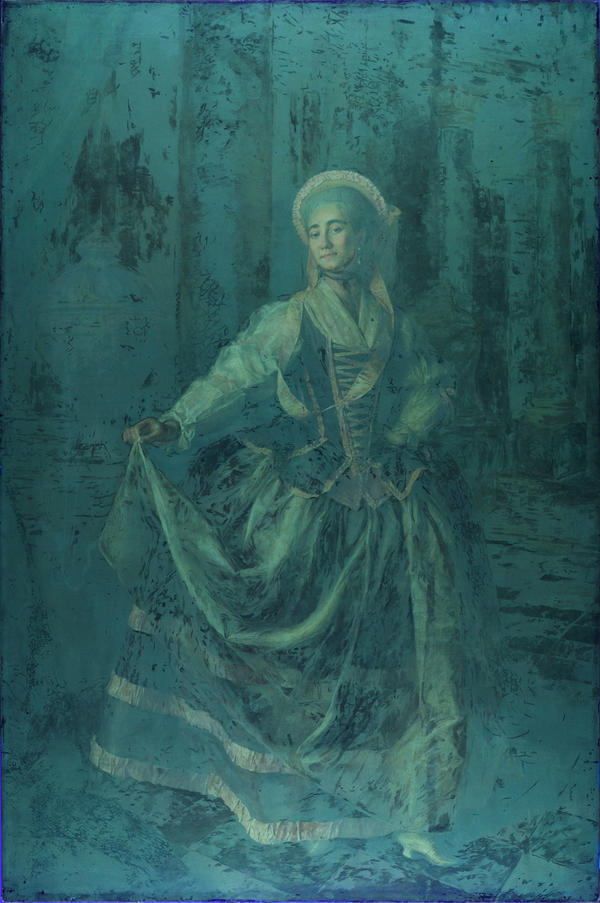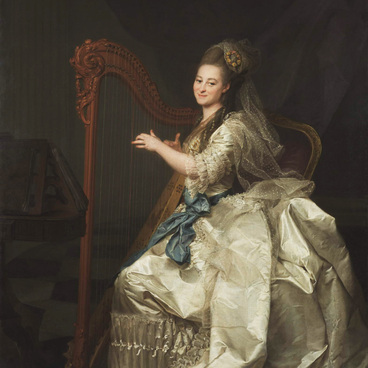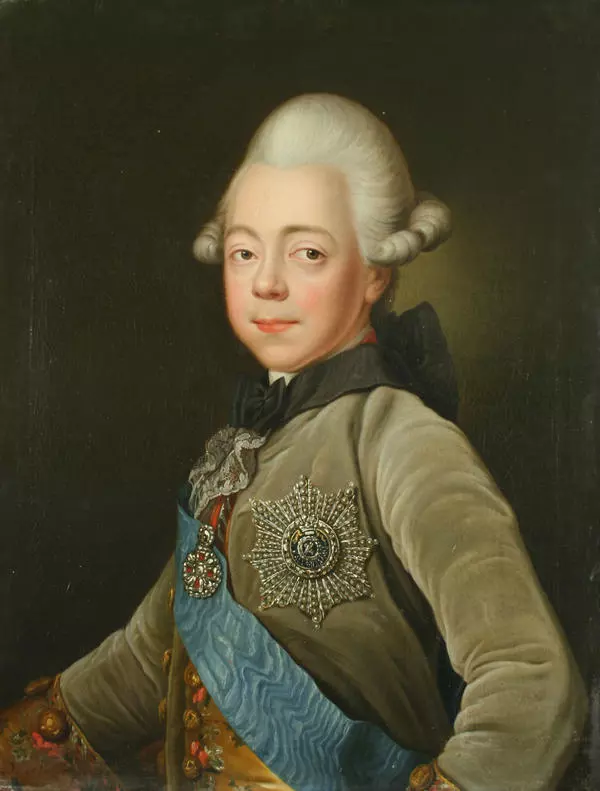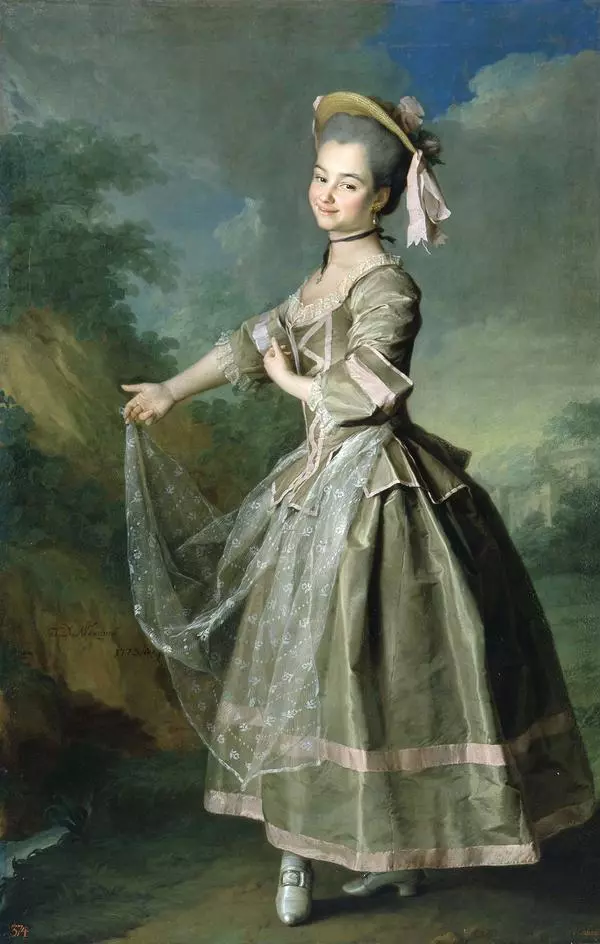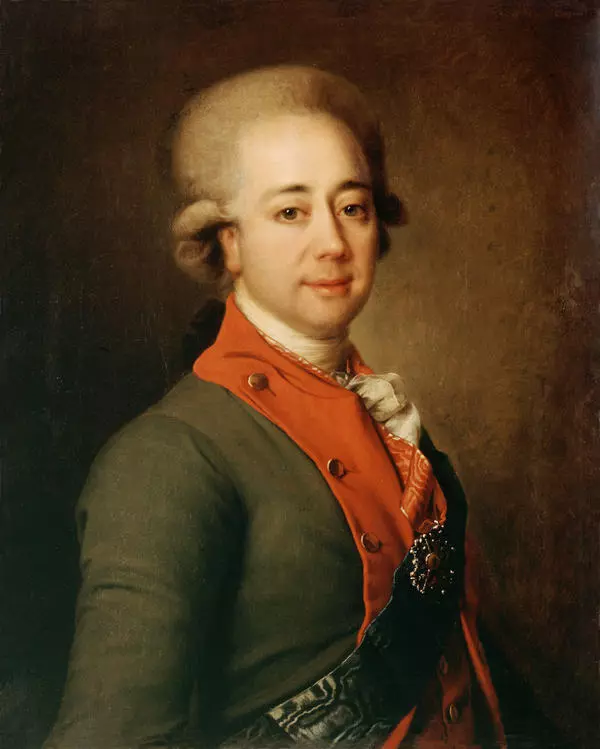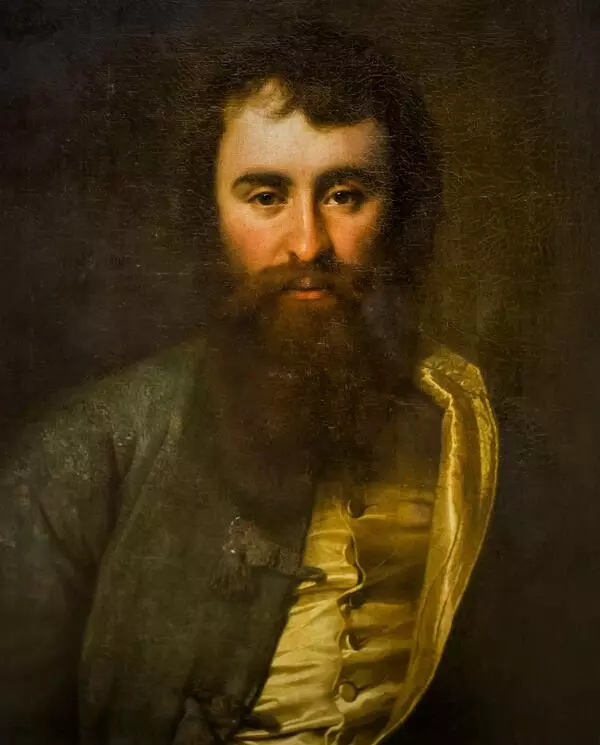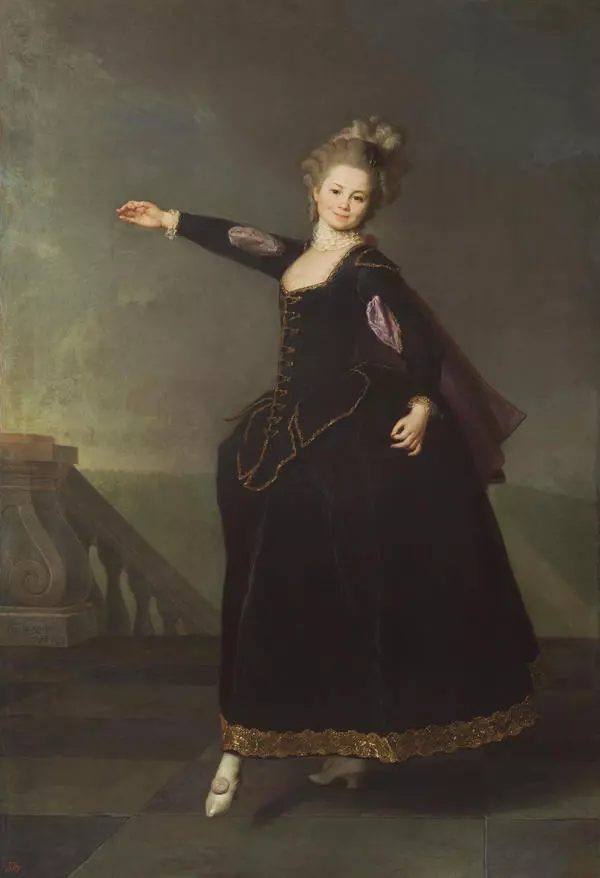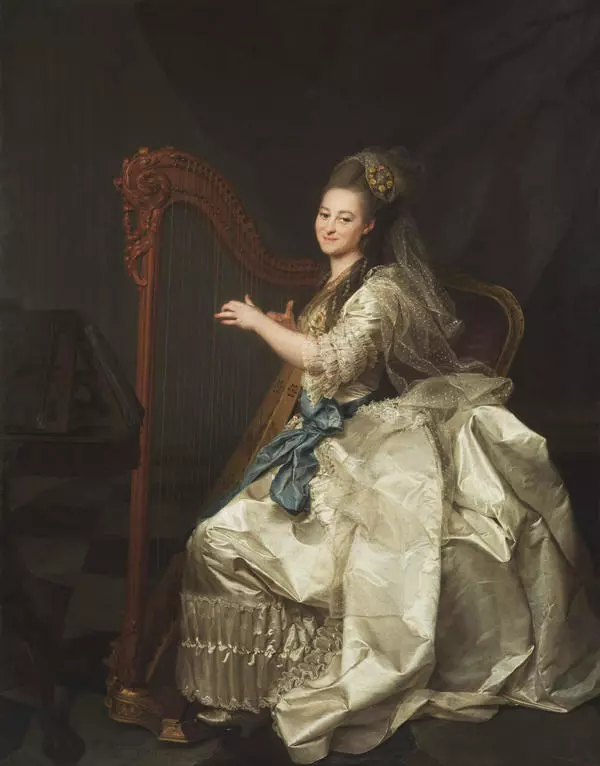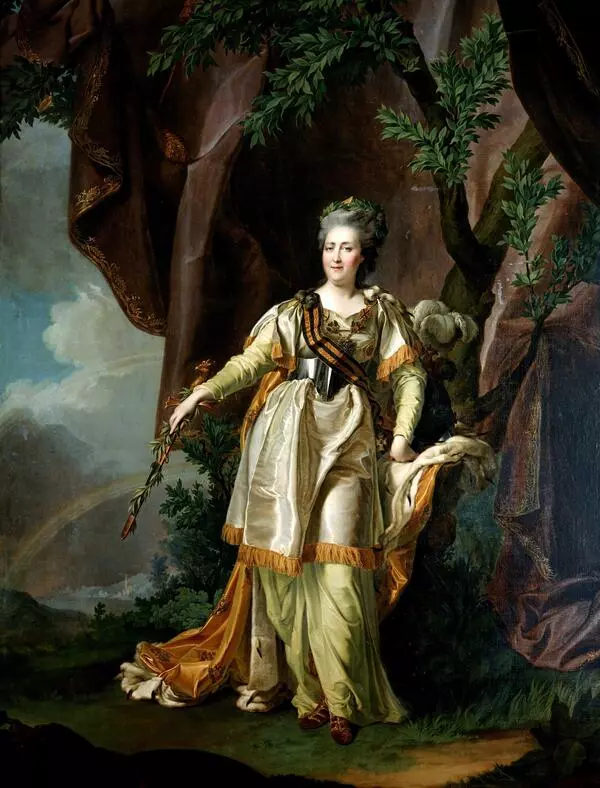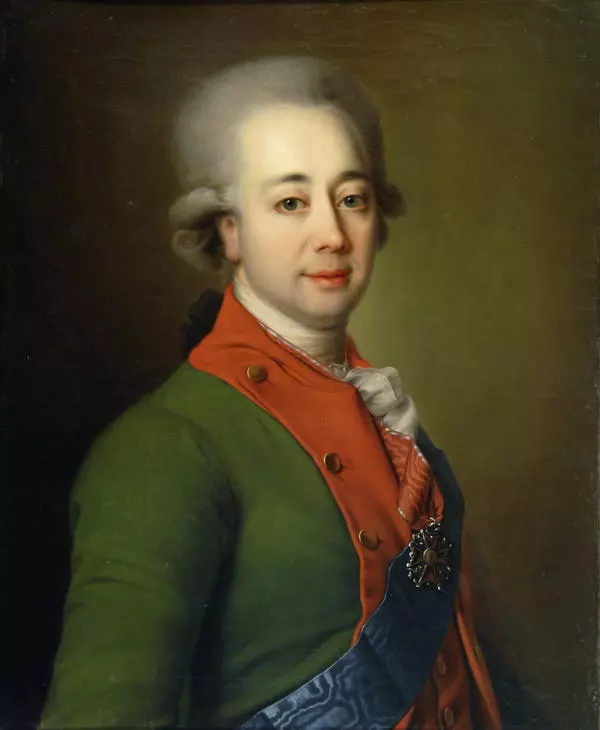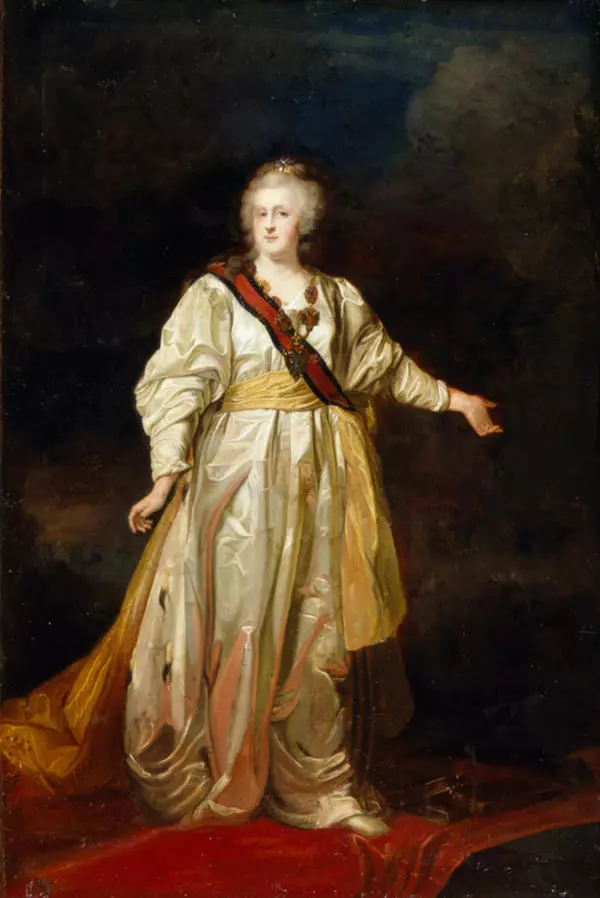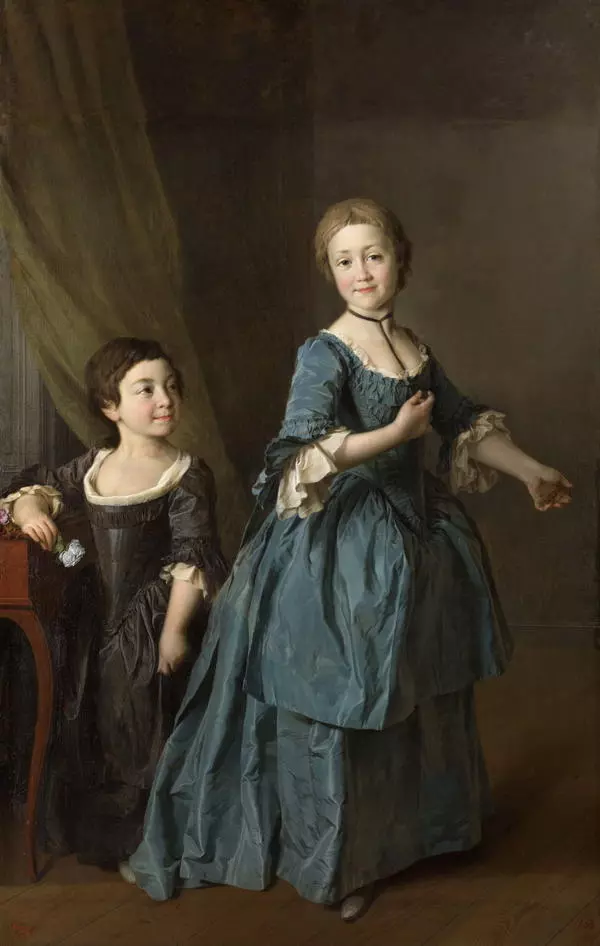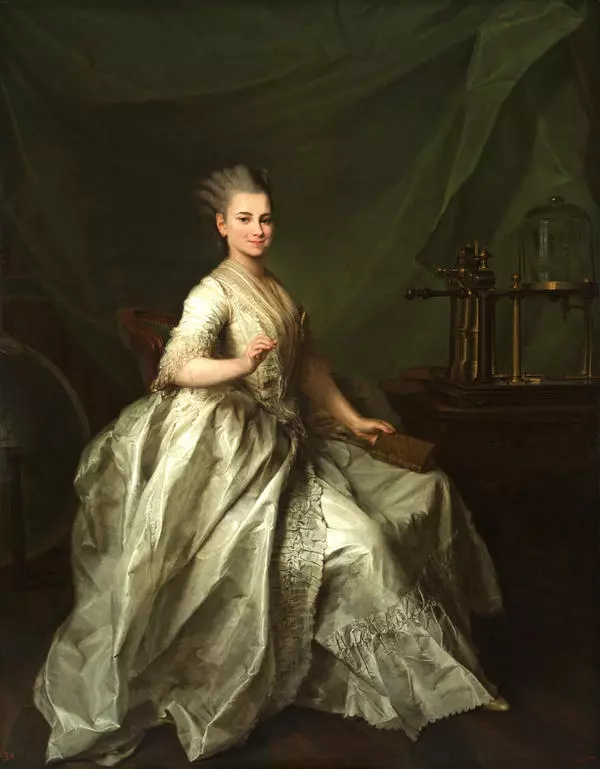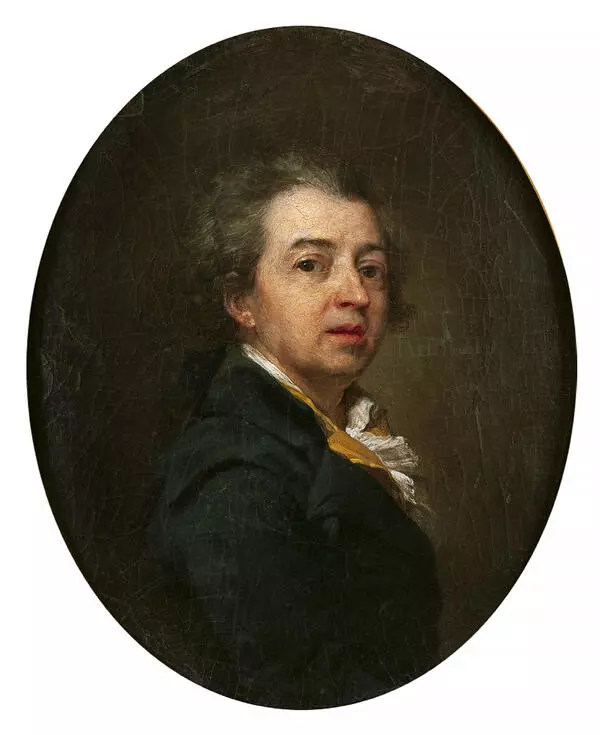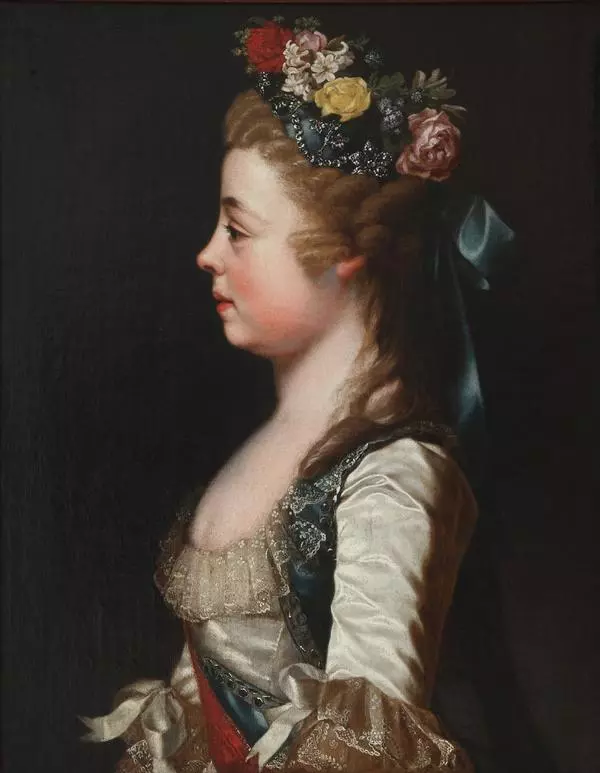The Smolny Institute of Noble Maidens was opened in 1764 by decree of Catherine II. It was the first women educational institution in Russia. The project reflected the important ideas of Enlightenment. The sovereign hoped that educated girls would help to renew the environment in their families and surroundings, to soften the cruel morals of the society and to create a new breed of people.
1 / 4
Portrait of A.P. Levshina
Creation period
1775
Dimensions
213x140,5 cm
Technique
Oil on canvas
Collection
Exhibition
14
Open in app#3
Dmitry Levitsky
Portrait of A.P. Levshina
#2
#4
Stepan Galaktionov (1779–1854). The Smolny Institute. Lithography. 1823
#5
Alexandra Levshina, a daughter of Major General Peter Levshin, studied in the first graduation of the institute. She was Catherine II’s favorite smolyanka: the Empress affectionately called her levushka, they exchanged dozens of humorous letters and notes.
#6
Artist Dmitry Levitsky painted Alexandra for a cycle of portraits Smolyanki. In this series, created by Catherine II’s order, he portrayed the best students of the institute. Researchers believe that according to the author’s plan, Levshina’s portrait was supposed to be the centre framed by two triptychs with images of younger pupils on one side and three senior ones on the other.
Alexandra is 17 or 18 years old on the canvas, she studied in the graduation class. Levushka was famous for her cheerful and mischievous character, but in the portrait the girl looks adult and full of dignity. Probably in the picture she plays the role of Zaire from the eponymous tragedy by Voltaire, which was set on the stage of Smolny.
#7
The genre of the painting may be defined as portrait in a role. The artist captured Levshina in a dance movement, in the middle of a common action. The abstract antique interior in the background and the heavy curtain complete the feeling that the heroine stands on stage.
#8
Catherine II generally paid great attention to theater and personally selected plays for smolyanki. In addition to basic disciplines at the institute, girls were also taught singing and playing musical instruments. But the empress believed that theater was the most important for development of morality and purview of the pupils.
Like some classmates, Levshina received big gold medal and cipher of Catherine II — the distinction of the court maid of honor. But of the entire graduation class, only she was immediately taken to the service of the empress herself. However, the empress’s favor did not last long. In a couple of years, the girl got married and moved to Moscow. She died very young, at the age of 24.
#9
The portrait of Levshina, along with the rest of the canvases of the series, was kept in the tsar residence in Peterhof. The wet marine climate badly damaged the canvases, and in 2008–2012 a large-scale restoration of the paintings was conducted.
Dmitry Levitsky. Portrait of A.P. Levshina. Oil on canvas. 1775. In the process of restoration
#11
Dmitry Levitsky. Portrait of A.P. Levshina. Oil on canvas. 1775. In the process of restoration, under ultraviolet light
After a microchemical analysis of the canvas, it turned out that Levitsky used an oil-wax binder. Wax paints are more transparent than oil paints, due to which the effect of internal glow is obtained. For the 18th century, it was a completely new technique, which allowed the artist to show shimmering of silk and gas fabrics.
#12
State Russian Museum
read morehide
00:00
00:00
1x
Portrait of A.P. Levshina
Creation period
1775
Dimensions
213x140,5 cm
Technique
Oil on canvas
Collection
Exhibition
14
Open in app
Share


